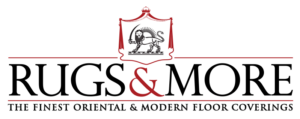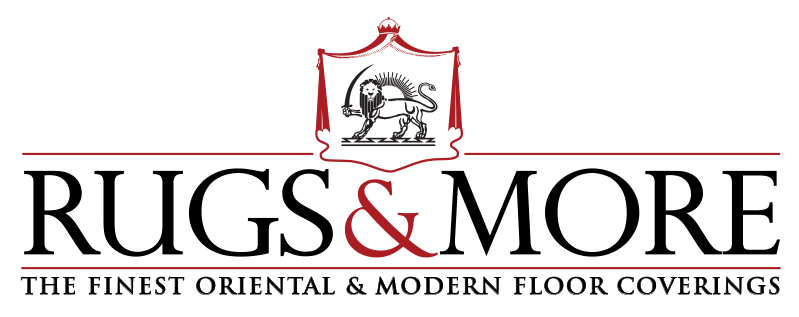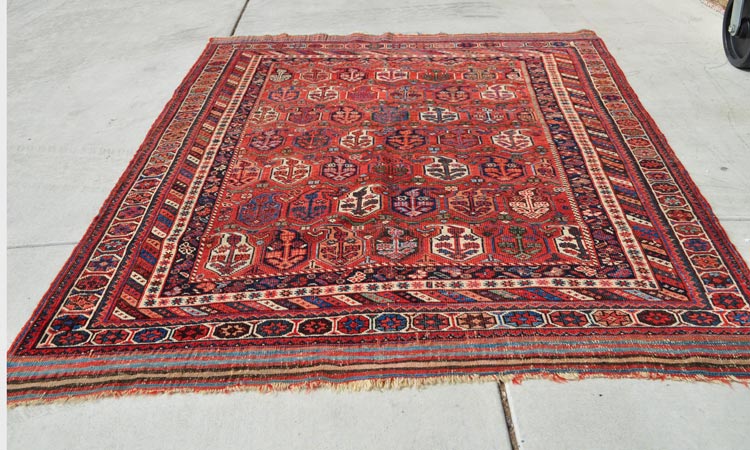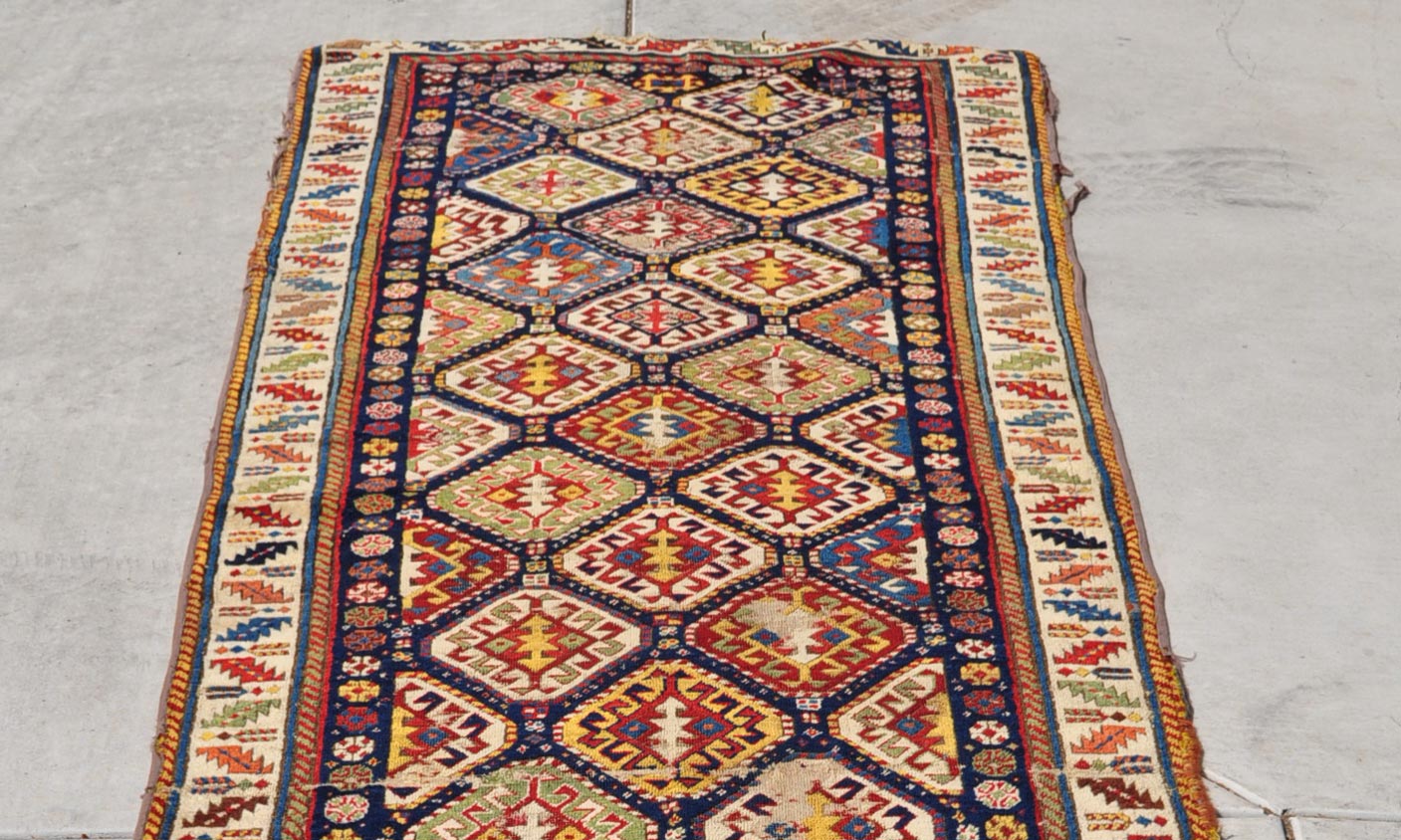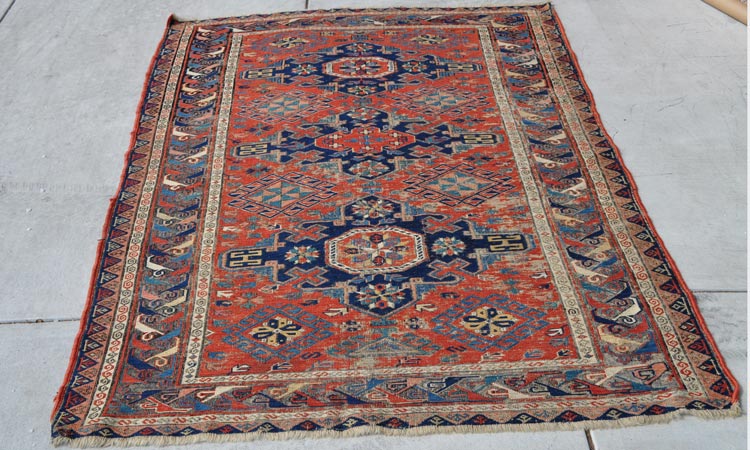
Antique and Rare Signed Haji Jalili Tabriz Carpet
The city of Tarbiz, in the North West of Iran, experienced an artistic reclamation for rug making after three Persian rug weaver/designers Kurban Dai, Sheik Safi, and most notably, the [...]
